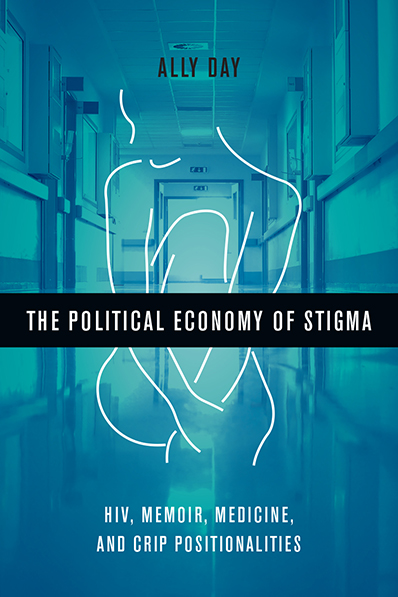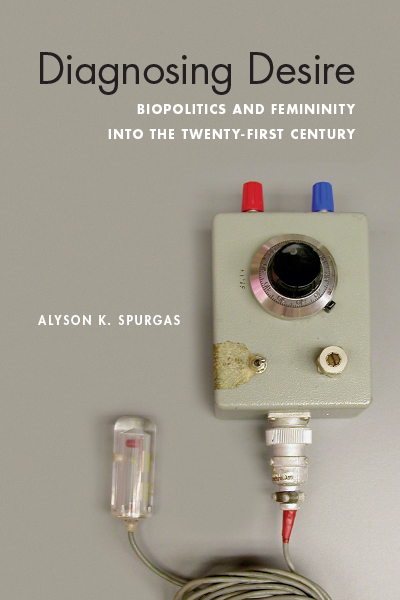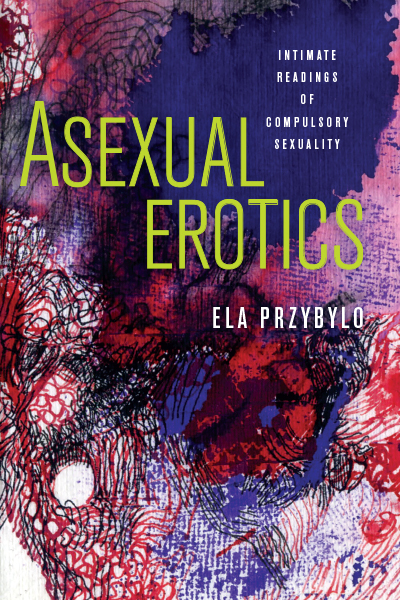“Crip Love Onscreen showcases the radical ways that disabled sexuality can dismantle cultural assumptions not only about disabled people but about sex and sexuality more broadly. Taking neoliberalism to task, Rainey-Smithback reveals how crip sex and interabled relationships present powerful opportunities to reconfigure intimacy and reimagine care.” —Cynthia Barounis, author of Vulnerable Constitutions: Queerness, Disability, and the Remaking of American Manhood
Crip Love Onscreen: Representations of Love, Sex, and Disability examines how disabled people’s sexual lives—including pleasure/sex, love, pregnancy, and sexual violence—are represented in popular film and television. Analyzing a variety of films and TV shows from the United States, Canada, and the United Kingdom, Crip Love Onscreen establishes a pattern in disability representation that ignores or distorts many of the realities of crip sexuality. These patterns of sexual representation tend to uphold compulsory able-bodiedness, heteronormativity, and privacy norms—what Rainey-Smithback terms “neoliberal love values,” or standards that celebrate normative forms of sexual desire, bodies, and intimacy practices.
As disability representation increases, though, new possibilities are emerging. Crip Love Onscreen also draws attention to the exceptional through a close reading of cinematic narratives (such as Me Before You, 50 First Dates, The Little Mermaid, Juno, and more) that push against neoliberal, heteronormative, and ableist values. Drawing on the work of queer/crip scholars and activists, Rainey-Smithback uncovers glimpses of what Tobin Siebers calls a “sexual culture for disabled people”—a space and way of being that expands sexual access and sexual experience.
Sarah Rainey-Smithback is Associate Professor of Women’s, Gender, and Sexuality Studies at Bowling Green State University. She is the author of Love, Sex, and Disability: The Pleasures of Care.
Contents
List of Illustrations
Introduction
Chapter 1 The Burden and Tragedy of Disabled Love
Chapter 2 Loving the Other: Fantastic Films and Unlikely Couples
Chapter 3 Watching Rape and Disability
Chapter 4 Pregnancy and Parenting: Representing Reproductive Fitness
Chapter 5 “What Does That Make You?”: Disability, Perversion, and Desire
Conclusion
Acknowledgments
Appendix List of Films and Television Shows in Content Analysis
Bibliography
Index




